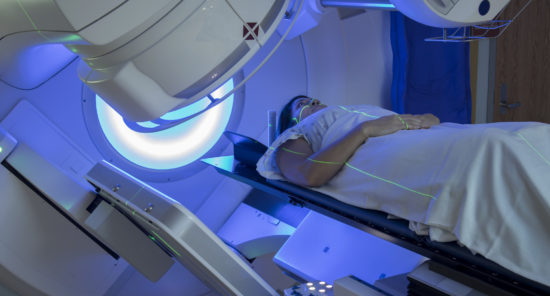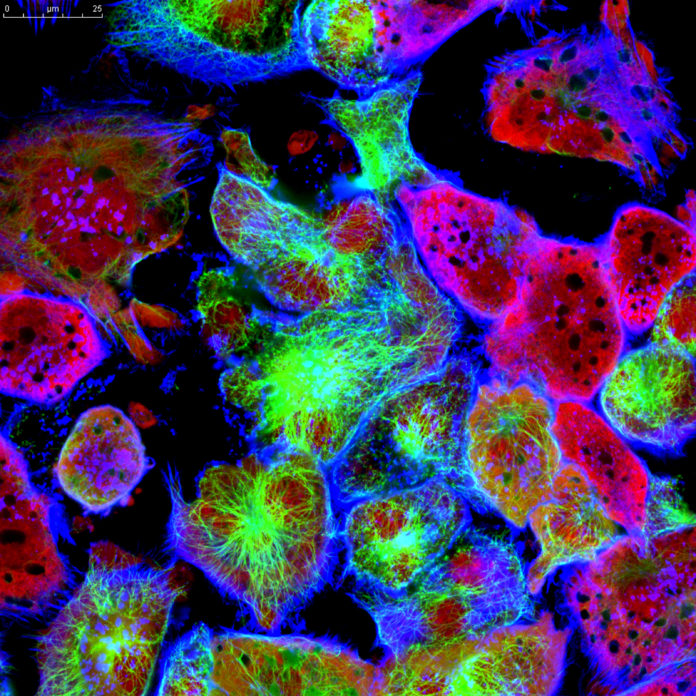Ultrasound signs in conjunction with clinicopathological characteristics may predict axillary lymph node metastasis in triple-negative breast cancer (TNBC), according to a study published in the Journal of Oncology.
This retrospective study comprised 162 patients with TNBC (62 with axillary lymph node spread and 100 with normal axillary lymph nodes). Researchers assessed the correlation among clinicopathological parameters, ultrasound features, and axillary lymph node spread.
According to the results, the lymph node-positive rate was correlated with tumor size and tumor stage 3, and the differences between the groups were statistically significant. The investigators noted that patients with cortical thickness of 3 or higher, blood flow grades 2 to 3, an aspect ratio of 2 or more had a higher rate of cancerous lymph nodes, and the difference between these 2 groups was statistically significant (P<.05). Independent influencing factors related to axillary lymph node metastasis included blood flow grade and aspect ratio of axillary lymph nodes in patients with TNBC (P<.05).
The researchers concluded that ultrasound signs combined with clinicopathological characteristics may predict lymph node spread and can be used to guide clinical decision making.
Reference: Wang J, Lu X, Zheng X, Xia C, Li P. Clinical value of preoperative ultrasound signs in evaluating axillary lymph node status in triple-negative breast cancer. J Oncol. 2022;2022:2590647. doi:10.1155/2022/2590647









